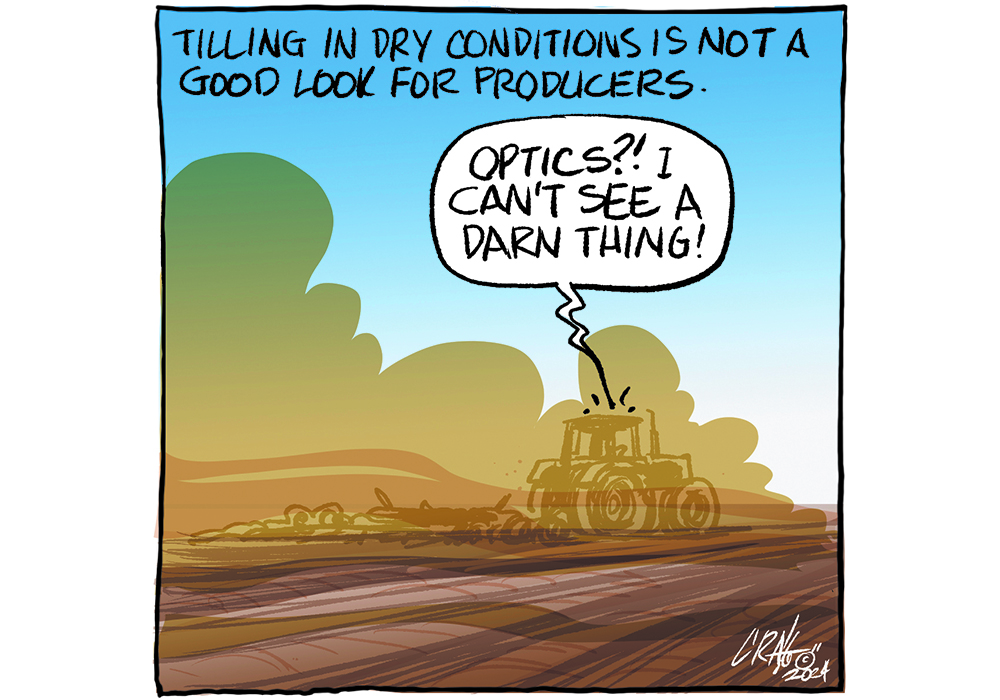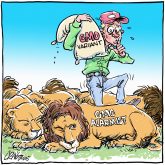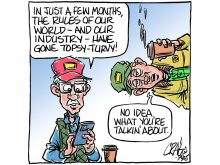Images of soil blowing off southern Alberta fields, shared on social media last week, are not a good look for the industry.
The blackened skies with near-zero visibility resembled Western Canada’s ecological dark age when farming practices caused irreparable damage to Prairie soils, including through the Dirty Thirties.
Soil degradation at this scale threatens the image of farmers as stewards of the land, and it undermines efforts to have producers compensated for ecological services.
Some of the people who chimed in on social media about these images appeared to have little if any connection to agriculture, but they were understandably concerned.
Read Also

Trump’s trade policies take their toll on Canadian producers
U.S. trade policy as dictated by president Donald Trump is hurting Canadian farmers in a multitude of ways.
Soil is one of our most precious resources. It takes thousands of years to develop.
Producers must be able to make the case that they are doing everything they can to minimize soil erosion because there are times when some soil loss is almost impossible to prevent.
In drought-affected areas, there is little crop residue left to protect soils, and some crops leave little residue even under good growing conditions.
When a seeder is set into dry soil, it will kick up some dust even when best management practices are followed, including low disturbance openers within zero-till management.
There are also crops in southern Alberta, including sugar beets and potatoes, that require tillage and when severe wind sweeps through the region — as it often does — some soil will blow, especially during a drought.
However, not all wind-erosion events in southern Alberta are caused by unavoidable situations. Excessive tillage appears to be the cause behind the worst photos posted from the region.
Ross McKenzie, retired Alberta Agriculture soil and crop research scientist, posted images of blowing soil and observed that it wasn’t coming from fields where farmers used soil-conservation practices that minimize soil erosion.
It came from dryland fields that were heavily cultivated and left without residue.
McKenzie said soil loss at this scale should not be allowed, but Alberta Agriculture’s Soil Conservation Act is almost useless and rarely enforced.
Saskatchewan and Manitoba have no legal mechanisms to hold farmers accountable for significant soil loss. Many farmers would like to keep it that way, so it’s in their interests to maintain public confidence that soil is treated properly.
Tillage is an essential tool farmers need to use at their discretion to adapt to changing environmental and field conditions. But it is time to retire tillage strategies that cause avoidable and significant soil erosion, not only because the public is watching, but also because it’s the right thing to do.
The goals must go beyond the elimination of practices that degrade soil. They must also include soil regeneration and efforts toward that should be obvious to anyone who pays attention.
Sincere efforts to maintain and improve soil help the industry build trust with the public, which will hopefully be understanding when difficult situations occur and soil loss is hard to avoid.
Karen Briere, Bruce Dyck, Barb Glen, Michael Robin, Robin Booker and Laura Rance collaborate in the writing of Western Producer editorials.















